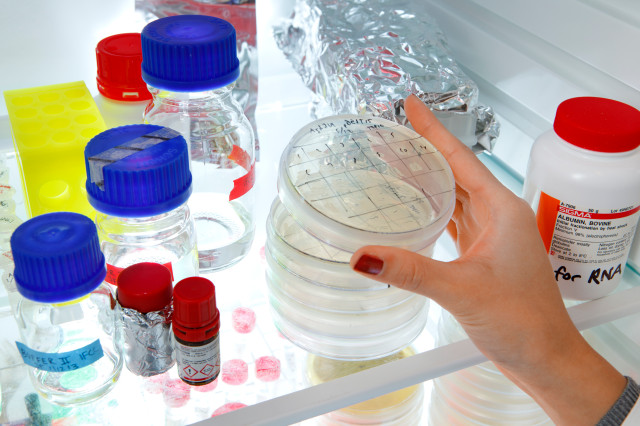The environmental toxicology course is a broad course, which spans from molecules to ecosystems. The course gives an understanding for foreign subjects (xenobiotics) and their effects on humanity and the environment; consequently, animals and plants. The course consists of an application of the bio program’s basic chemical and biochemical knowledge in an environmental toxicological context. Water-soluble and fat-soluble are central molecular properties which become significant in a new respect. Heredity is not only the sequence of DNA-bases; but also the power to make use of those sequences that are hereditary, but with another hereditary mechanism (epigenetics), which can be affected by the environment. Important knowledge which is mediated is that organisms’ biochemical/physiological control systems are sensitive to xenobiotics, and interferences result in extensive, increasing, and often long-term harmful effects on gene activity, cell differentiation, embryo development, reproduction, and behaviour. The student becomes aware of those connections and develops sensitivity for environmental toxicology problems. An overall goal is that the student in his/her own future occupation will avoid including environmental toxicology problems in products and processes, but also, in the early stages, identify problems if they come up. Other parts consist of independent practice assignments concerning possible environmental toxicology problems.
BB2010 Environmental Toxicology 9.0 credits

Information per course offering
Course offerings are missing for current or upcoming semesters.
Course syllabus as PDF
Please note: all information from the Course syllabus is available on this page in an accessible format.
Course syllabus BB2010 (Spring 2020–)Content and learning outcomes
Course contents
Intended learning outcomes
After passing the course, the student should be able to:
- Recognize dangerous molecules and what properties make a molecule dangerous
- Understand that a molecule which is harmless, through metabolism, can be transformed into a molecule which is potentially dangerous, and recognize mechanisms for doing that.
- Understand that among those natural life processes, there are inherently, potentially dangerous processes/molecules which can be abused if the protection around them is disturbed. For example, the activation of oxygen which results in reactive oxygen compounds like free radicals. The activation of programmed cell death at the wrong time is another example.
- Explain the damages which arise when molecular protection functions and reparations systems become overloaded
- Explain environmental toxicology in several ways; interference caused by people can make organisms show stress/defensive reactions, which, in turn, leads to the culture of toxic and environmental affecting substances as well as ecological imbalance.
- Point out possibilities to substitute xenobiotics (e.g. biocides) with biological processes/methods. It is important to be able to suggest alternatives and not just disapprove. It is important to recognize how natural protection/defense systems are designed and function in order to, for example, be able to give organisms help to help themselves.
- In one’s professional role, think critically with one’s own knowledge and identify environmental toxicology problems and possess a bank of facts and scientific language in order to communicate those ideas to the authority and toxicology specialists.
Literature and preparations
Specific prerequisites
Admission requirements for programme students at KTH:At least 150 credits from grades 1, 2 and 3 of which at least 100 credits from years 1 and 2, and bachelor's work must be completed on a programme in Biotechnology, Chemistry or Environmental Sciences
**Admission requirements for independent students:
**
20 ECTS in biotechnology/cellular biology/molecular biology; 20 ECTS in chemistry; 20 ECTS in mathematics/numerical analysis/computer science
Literature
Examination and completion
Grading scale
Examination
- ÖVNA - Exercise, 3.0 credits, grading scale: P, F
- TENA - Written exam, 6.0 credits, grading scale: A, B, C, D, E, FX, F
Based on recommendation from KTH’s coordinator for disabilities, the examiner will decide how to adapt an examination for students with documented disability.
The examiner may apply another examination format when re-examining individual students.
If the course is discontinued, students may request to be examined during the following two academic years.
Other requirements for final grade
One written examination (TEN1; 6 credits, grading scale A-F),one assignment (ÖVN1; 3 credits, grading scale Pass/Fail)
Examiner
Ethical approach
- All members of a group are responsible for the group's work.
- In any assessment, every student shall honestly disclose any help received and sources used.
- In an oral assessment, every student shall be able to present and answer questions about the entire assignment and solution.
Further information
Course room in Canvas
Offered by
Main field of study
Education cycle
Supplementary information
Students are required to sign up at least two weeks in advance for examination.
The course is given provided at least seven students are admitted.